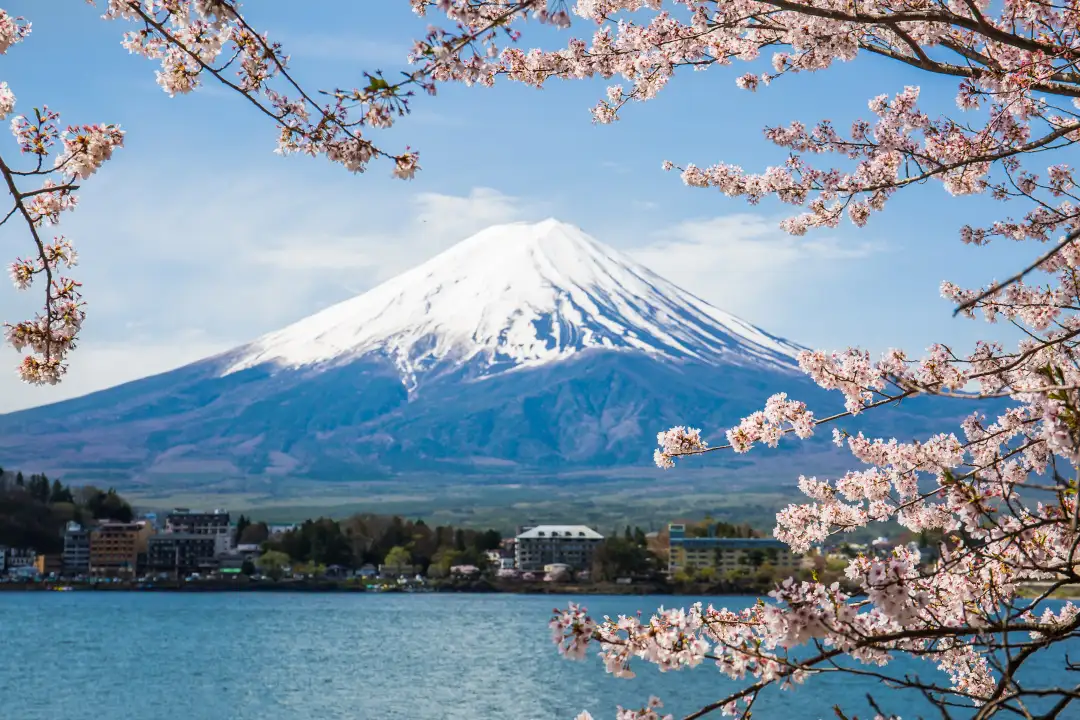wherearewegoing.net – Towering majestically over the landscape, Mount Fuji stands as a symbol of Japan’s natural beauty and cultural heritage. This iconic stratovolcano, with its near-perfect cone shape, has captivated the hearts and imaginations of people around the world. Known in Japan as “Fuji-san,” it is the country’s highest mountain, reaching an impressive height of 3,776 meters (12,389 feet) above sea level. Mount Fuji is not only a natural wonder but also a deeply revered site that has inspired countless artists, poets, and adventurers.
Geological Marvel
Mount Fuji is more than just a picturesque mountain; it is an active volcano that has shaped the surrounding region through its geological activity. The volcano last erupted in the early 18th century, and while it has been dormant since, it remains an object of study and monitoring by volcanologists. Its formation is a result of the movement of tectonic plates beneath the Earth’s surface, where the Philippine Sea Plate is being subducted beneath the Amurian Plate. This process has led to the creation of the Japanese archipelago and its many volcanoes, including the majestic Mount Fuji.
Cultural Significance
Throughout history, Mount Fuji has played a significant role in Japanese culture and religion. It is considered a sacred mountain, and for centuries, people have climbed it as a form of pilgrimage. The mountain has been worshipped as a deity itself and is the focus of various Shinto and Buddhist rituals. The iconic image of Mount Fuji has been a recurring theme in Japanese art, most famously depicted by the ukiyo-e artist Katsushika Hokusai in his series “Thirty-Six Views of Mount Fuji.”
Climbing Mount Fuji
Every year, thousands of people from all over the world attempt to climb Mount Fuji. The climbing season is relatively short, typically from early July to mid-September. There are four main trails leading to the summit, each offering its own unique experience and views. The climb can be challenging, especially for those not accustomed to high altitudes, but the reward of witnessing the sunrise from the summit is an unforgettable experience.
Environmental Conservation
As a symbol of national pride and a UNESCO World Heritage Site, Mount Fuji is subject to various conservation efforts. The area around the mountain, known as the Fuji Hakone Izu National Park, is protected to preserve its natural beauty and biodiversity. Efforts are made to manage the impact of tourism and to educate visitors on the importance of environmental conservation.
Conclusion
Mount Fuji is more than just a mountain; it is a symbol of Japan’s enduring spirit and natural splendor. Its serene beauty, cultural significance, and geological importance make it a truly unique and iconic landmark. Whether admired from afar or experienced up close through a challenging climb, Mount Fuji continues to inspire awe and wonder in all who encounter it.
